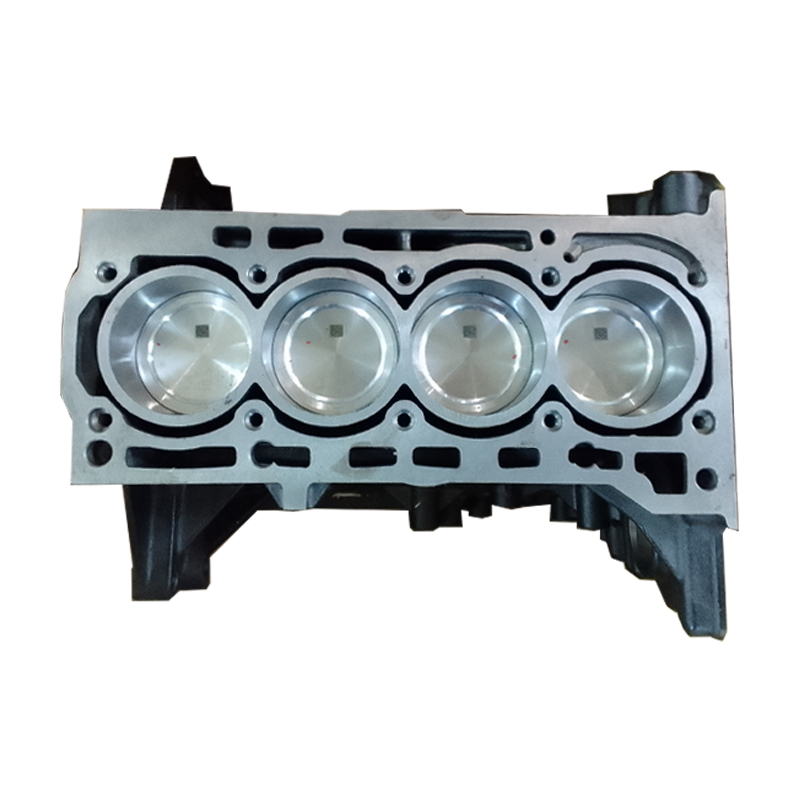Ensure peak efficiency with a properly functioning clp engine.
Ensure peak efficiency with a properly functioning clp engine.
Blog Article
Just How a Clp Engine Can Enhance Efficiency in Numerous Industries
The development of CLP engines notes a significant shift in functional performance across numerous markets, driven by their capacity to optimize gas usage and decrease downtime. As organizations increasingly prioritize sustainability together with performance, the duty of CLP engines becomes also more vital.
Overview of CLP Engines
CLP engines, or Continual Fluid Propellant engines, stand for a considerable development in propulsion technology, particularly for room applications. These engines utilize a continuous feed system that enables the continual expulsion of propellant, resulting in enhanced performance and efficiency contrasted to conventional solid or hybrid propulsion systems. By keeping a continuous flow of fluid propellant, CLP engines can accomplish more specific drive control, which is critical for navigating spacecraft in various goal situations.
The design of CLP engines incorporates sophisticated products and ingenious fuel administration systems. clp engine. This results in minimized weight and enhanced integrity, vital factors for long-duration room missions. The continuous operation decreases the danger of combustion instability, an usual difficulty in standard rocket engines.

Benefits in Manufacturing
The manufacturing of Continual Fluid Propellant (CLP) engines offers numerous significant benefits that boost both performance and cost-effectiveness. Among the main benefits is the streamlined production procedure, which lowers the intricacy connected with conventional propulsion systems. By using fluid propellant, producers can achieve greater accuracy in engine efficiency, resulting in optimized power outcome and minimized waste.
In addition, CLP engines facilitate a greater level of modularity, permitting simpler integration right into different manufacturing lines. This flexibility can considerably decrease preparations and improve total functional flexibility. Using CLP innovation also often tends to lessen the need for substantial maintenance as a result of fewer relocating parts, which converts into reduced downtime and functional costs.

Applications in Logistics
Leveraging Constant Liquid Propellant (CLP) engines in logistics provides considerable advantages in operational efficiency and reliability. These engines supply a robust service for different transportation demands, making it possible for the smooth activity of items throughout huge distances. The intrinsic style of CLP engines permits consistent power output, which translates into smoother and more foreseeable transport routines.
One of the key applications of CLP engines in logistics is in sturdy products transport, where they can drive both ground and aerial automobiles. Their capability to preserve high performance under differing tons conditions ensures that distribution timelines are fulfilled, consequently improving customer satisfaction. Additionally, CLP engines can be incorporated into automated logistics systems, promoting real-time monitoring and enhancing route preparation.
Furthermore, the sturdiness of CLP engines reduces upkeep downtime, enabling logistics firms to maximize their operational capacities. This is especially beneficial in warehousing procedures, where efficiency in taking care of and delivering goods is essential. As logistics continues to evolve, the combination of CLP engines represents a forward-thinking technique that not only enhances efficiency but additionally supports the sector's expanding demands for why not check here integrity and speed.
Effect On Energy Effectiveness
How do Constant Fluid Propellant (CLP) engines enhance power performance in transportation? CLP engines make use of a constant circulation of liquid fuel, maximizing combustion processes and preserving a secure thrust outcome. This layout reduces power losses connected with conventional burning engines, where gas delivery can vary and bring about inefficiencies.
The constant procedure of CLP engines enables an extra effective thermal cycle, leading to greater specific impulse compared to traditional engines. clp engine. This equates to lowered gas consumption for the same amount of job done, significantly lowering operational expenses across different transport fields, consisting of aviation and maritime industries
Furthermore, the capability of CLP engines to preserve optimum efficiency under differing lots problems lowers the demand for constant velocity and slowdown, better boosting gas performance. Boosted power performance not just adds to set you back financial savings however likewise causes reduce greenhouse gas emissions, straightening with worldwide sustainability goals.
Future Trends and Innovations
Emerging advancements in Constant Fluid Propellant (CLP) engine modern technology guarantee to revolutionize the landscape of transport navigate to this site efficiency and sustainability. As markets pivot towards greener options, CLP engines stand at the center, integrating informative post innovative products and layout methodologies that boost efficiency while lessening environmental impact.
Among one of the most appealing trends is the fostering of crossbreed systems that integrate CLP engines with renewable resource sources. This synergy can optimize gas usage and decrease emissions, straightening with worldwide sustainability goals. In addition, advancements in computational liquid characteristics (CFD) are assisting in the design of even more aerodynamically effective engines, leading to lowered drag and enhanced gas effectiveness.
Moreover, the development of wise monitoring systems is readied to enhance functional effectiveness. These systems leverage data analytics and IoT modern technology to enhance engine efficiency in real-time, guaranteeing that the engines run within their most efficient specifications.
As study remains to explore alternate propellant solutions-- such as biofuels and synthetic gas-- the future of CLP engines looks encouraging. By utilizing these advancements, industries can not only enhance their performance but additionally add significantly to a cleaner, more lasting future in transportation.
Final Thought
To conclude, CLP engines represent a considerable innovation in efficiency throughout numerous industries. Their ability to enhance fuel usage and lower functional costs, combined with a constant feed system, improves power output and operational dependability. The combination of sophisticated products and less relocating components decreases upkeep needs, while alignment with sustainability goals placements CLP engines as a critical innovation for the future. Continued development in this field guarantees additional enhancements in effectiveness and environmental performance.
Report this page